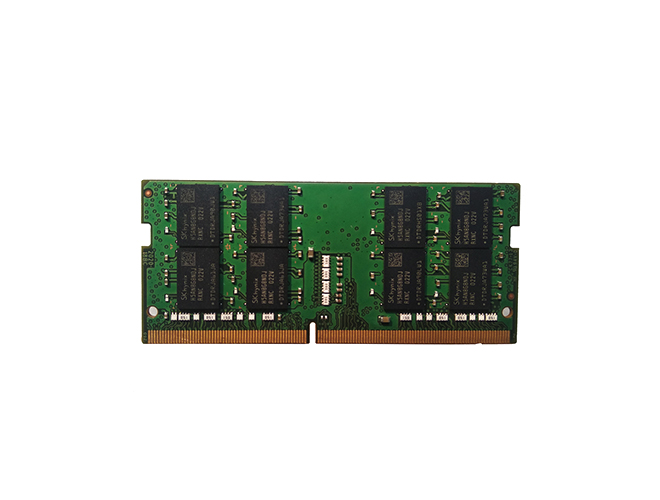Time:2025-05-13 Views:1 source:News

In many electronic applications, especially those in automotive, aerospace, and industrial environments, PCB spring probes are exposed to significant levels of vibration. Designing vibration - resistant PCB spring probes is essential to ensure the reliability and longevity of electrical connections in such challenging conditions.
One of the primary design considerations for vibration - resistant spring probes is the mechanical structure. The spring within the probe needs to be designed with enhanced stability and damping characteristics. A well - engineered spring with a proper coil design can better absorb and dissipate the vibrational energy. For example, springs with a variable pitch or a special winding pattern can reduce the resonance effects caused by vibrations. Additionally, the attachment and support mechanisms of the spring within the probe housing are crucial. Secure and rigid mounting points can prevent the spring from shifting or deforming under vibration, maintaining the integrity of the contact force.
The probe tip design also plays a vital role in vibration resistance. A probe tip with a wider and flatter contact surface can distribute the vibrational forces more evenly, reducing the likelihood of intermittent contact. The use of materials with high hardness and wear resistance for the probe tip, such as tungsten carbide - coated alloys, can withstand the abrasive effects of vibration - induced movement. Moreover, the geometry of the probe tip, including its curvature and edge profile, can be optimized to enhance its grip on the target contact surface, preventing relative movement during vibration.
The housing of the PCB spring probe is another critical element. A robust and tightly - sealed housing can protect the internal components from the ingress of dust and debris that may be generated by vibrations. The housing material should have high mechanical strength and damping properties. For instance, die - cast aluminum or high - strength polymers can be used to construct the housing. These materials can absorb and dampen vibrations, reducing the impact on the internal spring and probe tip. Additionally, the design of the housing may include features such as shock - absorbing pads or rubber gaskets to further isolate the probe from external vibrations.
Electrical connection stability is also a key aspect. In a vibrating environment, loose or intermittent electrical connections can occur, leading to signal disruptions. To address this, the internal electrical contacts within the spring probe should be designed with enhanced locking mechanisms. For example, snap - fit or screw - type connections can be used to ensure that the electrical conductors remain securely in place. Moreover, the use of flexible and strain - relief cables or connectors can prevent the wires from being damaged by the repeated bending and stretching caused by vibrations. By carefully considering these aspects in the design, vibration - resistant PCB spring probes can maintain reliable electrical connections, even in the most demanding and vibration - prone environments.
Read recommendations:
Reliable supplier of Magnetic PogoPin
Mass production magnetic connector manufacturer
Convenient installation of Pogo Pin Connector